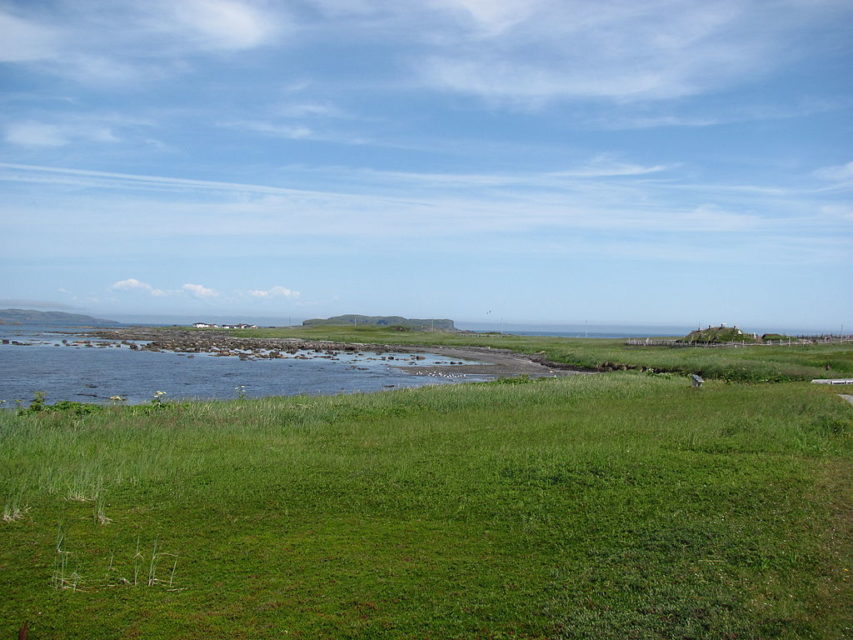Allan Lynch visits L’Anse Aux Meadows National Historic Site in Newfoundland, in search of Viking history:
It is here, on the northern tip of Newfoundland, that a significant moment in human migration and exploration took place.
In the year 1000, nearly 500 years before Christopher Columbus set sail, a Viking longboat, skippered by Leif Erikson, brought 90 men and women from Iceland to establish a new settlement – the first European settlement in the New World.
Erikson’s party arrived at low tide and found themselves stranded in the misty shallows of Epaves Bay. When the tide returned, they moved further inland, navigating up Black Duck Brook to the place where they would establish their stronghold in their new-found land.
By modern sensibilities, L’Anse Aux Meadows can seem a harsh place, with fierce coastal winds whipping across the remote landscape. But for people who just travelled across the unforgiving North Atlantic in open boats, it was perfect. The forests were rich in game; the rivers teemed with salmon larger than the Norse had ever seen; the grasslands provided a bounty of food for livestock; and, in some places, wild grapes grew, prompting the Vikings to name this land ‘Vinland’.
The settlement didn’t last long, however; the community abandoned the settlement after less than a decade after repeated clashes with the island’s native tribes, known to the Vikings as ‘Skraelings’.
For more than 100 years, archaeologists in Finland, Denmark and Norway used ancient Norse sagas to guide their search for Erikson’s lost settlement, scouring the coast of North America from Rhode Island to Labrador.
The site remained undiscovered until 1960 when a husband-and-wife team of Norwegian archaeologists, Helge and Anne Stine Ingstad, heard from locals of L’Anse Aux Meadows – the town for which the site was named – speak of what they believed to be an old Indian camp. The initial excavation of the site’s mysterious seaside mounds revealed a layout similar to longhouses found in confirmed Viking settlements in Iceland and Greenland. Then, the discovery of a 1,000-year-old nail indicated that ship building had taken place here.
“As kids we played on the curious mounds,” said Clayton Colbourne, a former Parks Canada guide at L’Anse Aux Meadows. “We didn’t know anything about the Vikings being here.”
H/T to Never Yet Melted for the link.




